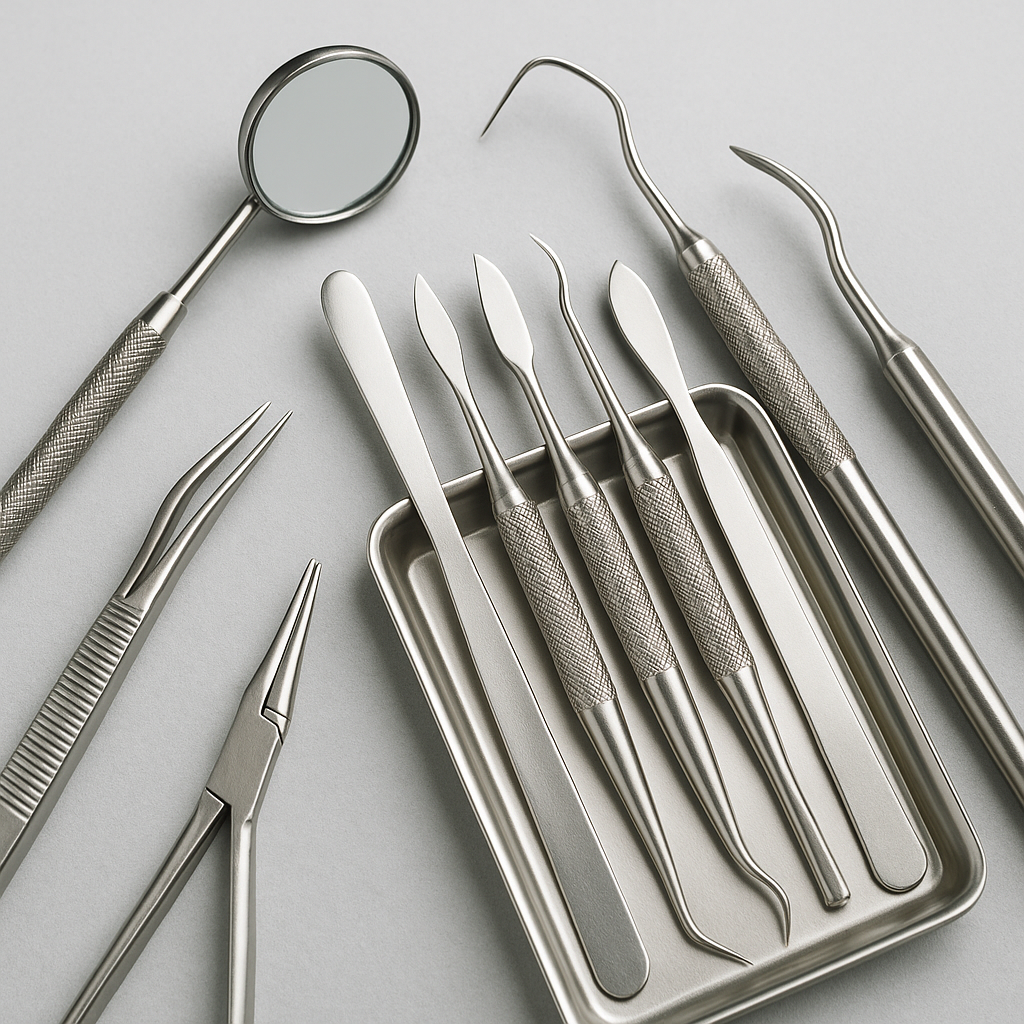When you visit the dentist, you might notice the sparkling tools, the fresh smell of disinfectant, or the gentle hum of equipment in the background. What you may not realize is that behind the scenes, your dental team is following strict protocols to keep you safe—and one of the most important tools they use is something small, simple, and easy to overlook: barrier sleeves.
Though they might just look like pieces of plastic, barrier sleeves are an essential part of modern infection control, and they play a big role in ensuring every dental visit is clean, sterile, and safe.
What Exactly Are Barrier Sleeves?
Barrier sleeves are disposable plastic coverings designed to be placed over various tools and surfaces in the dental office. They act as a protective shield, preventing contact between contaminated substances—like saliva, blood, and aerosols—and the surfaces or equipment they cover.
In a typical operatory, you’ll find barrier sleeves on:
- X-ray sensors and sensor cords
- Chair headrests and armrests
- Instrument trays and tray covers
- Air/water syringe handles
Every barrier is removed and replaced between patients to prevent any risk of cross-contamination.
Why Barrier Sleeves Are So Important
1. They Prevent Cross-Contamination
In dentistry, protecting patients from infection is non-negotiable. Bacteria and viruses can survive on surfaces for hours—or even days. Barrier sleeves act as a first line of defense, preventing microorganisms from transferring from one patient to another via contact surfaces.
This is especially important in areas like:
- X-ray sensors, which are placed directly in the patient’s mouth
- Chair headrests, where patients rest their heads during procedures
- Instrument trays, where tools are laid out before use
By using a fresh, sterile cover for every patient, the dental team ensures that each surface they touch remains as clean as possible.
2. They Protect Expensive, Delicate Equipment
Many dental tools—particularly digital devices like intraoral cameras and X-ray sensors—can’t be heat sterilized and are sensitive to chemical disinfectants. Regular exposure to sprays and wipes can degrade them over time.
A properly fitted sensor cover or touch screen barrier reduces the need for constant chemical disinfection, helping prolong the life of high-value equipment while still meeting safety standards.
3. They Improve Workflow and Save Time
Switching out a barrier sleeve is quick and efficient, making it easier for the dental team to prepare for the next patient without compromising on cleanliness. For example:
- Instead of thoroughly wiping down an instrument tray, a disposable tray cover is simply replaced.
- A light handle sleeve can be removed in seconds and replaced with a clean one—ready for the next procedure.
This makes transitions smoother and helps keep appointments running on time, something both patients and staff appreciate.
4. They Provide Visible Reassurance to Patients
Infection control isn’t just about what happens behind the scenes—it’s about what patients see and feel. When you walk into a treatment room and watch your provider unwrapping a fresh set of tools and applying new barrier sleeves to surfaces like the chair headrest or X-ray sensor, you can immediately see their commitment to your safety.
This visible attention to detail builds trust and gives you peace of mind that your health is a top priority.
Do Barrier Sleeves Replace Sterilization?
No—barrier sleeves are not a substitute for sterilization. They are an added layer of protection used alongside standard infection control procedures.
Reusable dental instruments (like mirrors, scalers, and forceps) are always sterilized in an autoclave after every use. Barrier sleeves are used on surfaces and tools that:
- Can’t be sterilized with heat
- Are touched frequently during procedures
- Are difficult or time-consuming to disinfect between each patient
Together, these layers create a safe and effective system that protects everyone—patients and providers alike.





